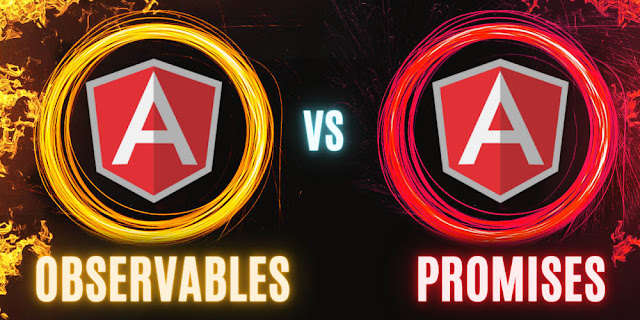Promises vs. Observables in Angular: Decoding the Asynchronous Dilemma

Source: Dev.to In the world of frontend development with Angular , managing asynchronous operations is crucial for creating responsive and dynamic web applications. Promises and Observables are two powerful tools Angular developers leverage to handle asynchronous tasks efficiently. In this exploration, we'll delve into the differences between Promises and Observables, understanding when to use each and how they contribute to seamless asynchronous programming. Understanding Promises in Angular Overview: Promises are a fundamental part of JavaScript, providing a straightforward way to handle asynchronous operations. In Angular, Promises are commonly used for one-time events, such as fetching data from an API or reading a file. Key Characteristics: Single Value: Promises handle a single value, resolving with either a successful result or a failure. Immutable: Once a Promise is settled (either resolved or rejected), its state cannot be changed. .then() Syntax: Promises utilize the ....


